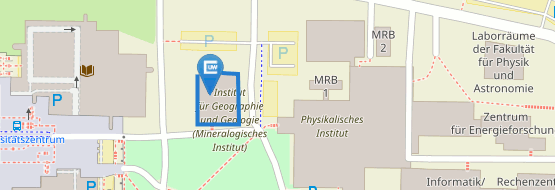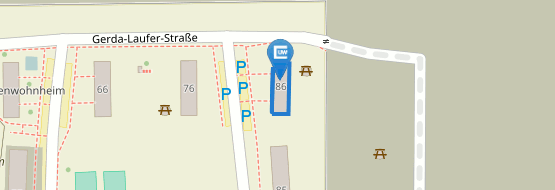TerraSAR-X urban
Automated and robust detection of man-made structures by means of TerraSAR-X data
In the last few decades, the global urbanization has become more and more intensive. In the highly industrialized nations of Europe nearly 80% of the people live in urban areas. In recent reports on the world population the United Nations estimates a number of 3.3 billion citizens worldwide in the year 2008 - a number that represents more than 50% of the world’s population. The United Nations Population Fund (UNFPA) estimates an increase to 5 billion citizens by 2030. This trend is mainly performed by less developed countries or emerging nations and manifests itself in the increase number of megacities featuring more than 5-10 million residents. Consequently, urban and suburban environments are among the most dynamic regions on earth.
Due to this situation there is a great requirement for innovative methods to identify and assess spatial changes – a basic need in order to ensure sustainable development in urban regions. In this regard, satellite-based earth observation provides a promising instrument in terms of a flexible and cost-effective gathering of geoinformation. Therefore intensified effort is attempted by both the political level and the commercial sector to establish geoinformation services based on remotely sensed data.
With the launch of the German TerraSAR-X system a new generation of high-resolution, spaceborne SAR data was getting available which facilitates a spatially and thematically detailed analysis of the urban and suburban environment. Unlike optical sensors, radar-systems are able to collect their data independently from atmospheric and weather-conditions as well as day and night times.
Thus, this project aimed at the development of techniques for an enhanced preprocessing and an object-oriented as well as pixel-based analysis of high-resolution radar data recorded by the German SAR-satellite TerraSAR-X. Hence the project shall contribute to and the provision of valuable geoinformation derived from TerraSAR-X products with a high temporal frequency in order to increase the acceptance and applicability TerraSAR-X imagery.
One focus of the research lay on the enhancement and stabilization of an object-oriented analysis of high-resolution radar data. This included the development of a structure-preserving speckle filtering, which eliminates the radar-inherent “speckle noise” without modifying true image-information. A second topic was the optimized segmentation of SAR data that aims at both the minimization of over- and under-segmentation as well as a simplified determination of the best fitting segmentation settings.
The second main focus was put on the implementation of robust rule-sets for automated object-oriented and pixel-based classification of high resolution SAR data.
The project was funded by the German Federal Ministry of Economy and Technology (BMWi) for more than four years (2006 – 2011).
Further links:
Contact: Michael Thiel



